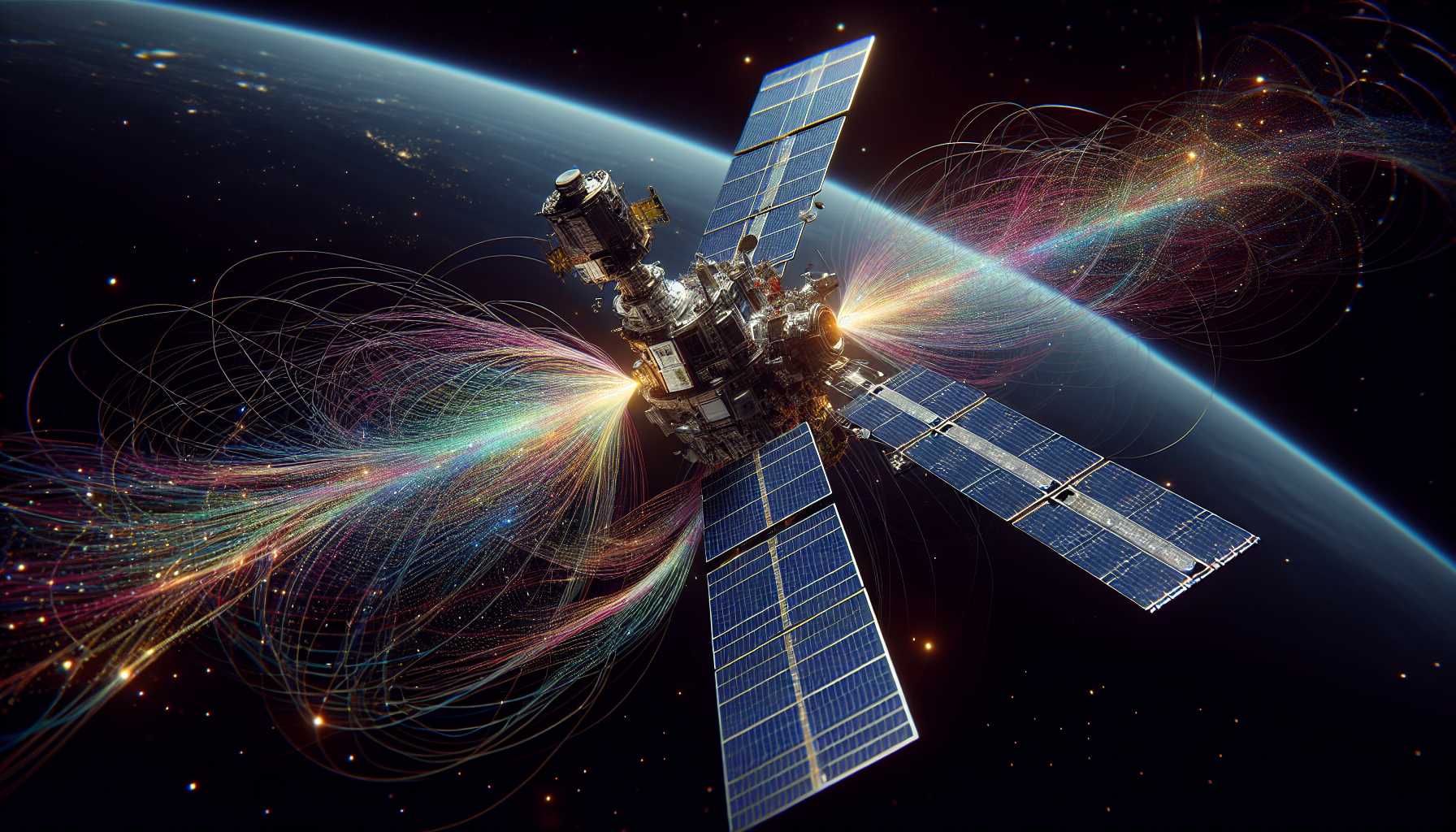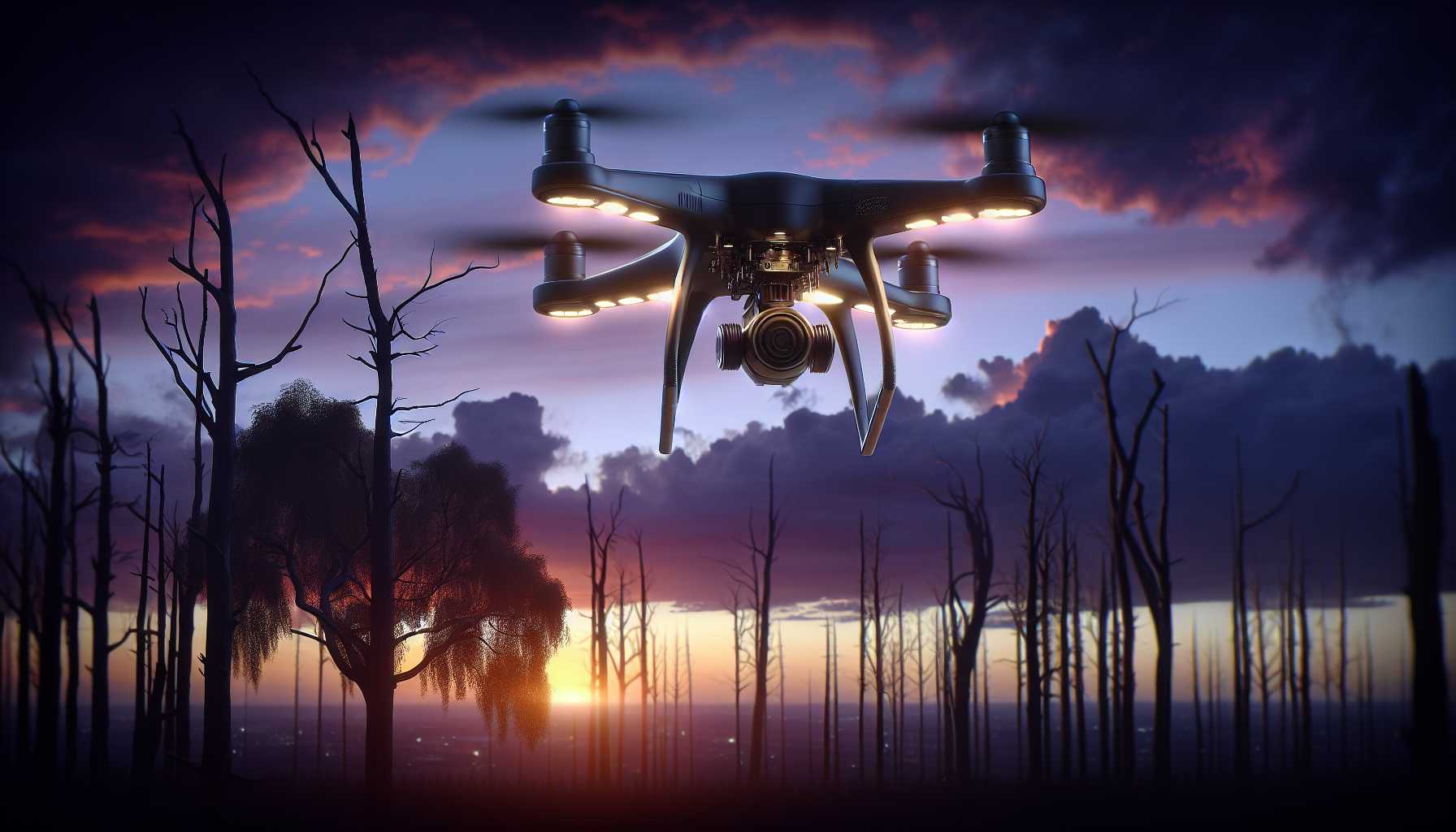Unveiling Agatha: The Future of Space Security
As we gaze up into the night sky, the number of satellites orbiting Earth is set to explode, thanks to the launch of several mega-constellations. But with this growth comes risks and opportunities for bad actors to hide weapons or spy satellites amongst the myriad of commercial and governmental spacecraft. Enter Agatha, a cutting-edge system developed by Slingshot Aerospace under DARPA’s Predictive Reporting and Enhanced Constellation Objective Guide (PRECOG) program. Named after a precog from the film Minority Report, Agatha’s mission is to unmask hidden threats by sifting through the massive amounts of data these constellations generate. But how does it achieve this? It’s all about the subtle tells.
A Glimpse Into Agatha’s Mind
Agatha, trained on 60 years of synthetic constellation data, can identify minute differences in satellite behavior. Changes in mass, communication patterns with Earth, or consistent orientations serve as tell-tale signs of nefarious motives. Tested against real-world constellations, Agatha uses data from Slingshot’s Global Sensor Network and Seradata database, and has proven adept at identifying anomalous satellites. As nations like China plan to launch multiple mega-constellations, Agatha’s role becomes critical. “Historically, a human or team could monitor space activity, but with the exponential growth in satellite numbers, AI tools like Agatha are imperative,” says Slingshot’s VP of strategy and policy, Audrey Schaffer.
The Promise and Potential of Airbus’s Wingman Drones
Aircraft enthusiast or not, the sight of a full-scale model of Airbus’s AI-powered Wingman drone unveiled at the International Aerospace Exhibition (ILA) in Berlin is sure to ignite your imagination. This concept reimagines the traditional Wingman role, with a twist of modern AI. Historically, a Wingman in military aviation refers to a supporting pilot flying alongside the lead combat aircraft, but Airbus has taken this concept into the drone era. The Wingman drone, controlled by a pilot from a modern combat aircraft like the Eurofighter, is designed to undertake perilous missions, reducing risk to human life while enhancing tactical capabilities.
A Look into the Future of Combat with AI Drones
With features including stealth, advanced sensors, the ability to carry various weapons, and top-notch connectivity, the Airbus Wingman drone is tailored for high-risk tasks like reconnaissance, target jamming, and precision strikes. The integration of these unmanned systems means that command fighters retain control over tactical missions, while uncrewed drones execute the dangerous parts. Michael Schoellhorn, CEO of Airbus Defence and Space, highlights the need for such innovations: “Our Wingman concept addresses the German Air Force’s need for an unmanned aircraft to support its manned fighter jets, maximizing the fleet’s performance and extending its reach.”
Discovering TIC365102760 b: The Puffy Exoplanet Defying Expectations
In another corner of the universe, Samuel Grunblatt, an astrophysicist at Johns Hopkins University, discovered a planet that defies our understanding of planetary death and survival. Meet TIC365102760 b, affectionately known as the Phoenix—a hot Neptune-sized planet with an unusually puffy atmosphere, orbiting dangerously close to a massive star. Orbiting its star, which is about three times the size of our Sun, this fiery planet completes its journey every 4.2 days. With temperatures soaring to 1,600 degrees Kelvin, you’d expect the Phoenix to be stripped of its atmosphere, yet here it is, puffing away.
The Enigma of the Puffy Atmosphere
The research team believes that when Phoenix’s host star was more Sun-like, its atmosphere was modest. As the star aged and transformed into a red giant, it bombarded Phoenix with intense radiation, causing the atmosphere to expand rather than disperse. These findings, derived with data from NASA’s TESS and Keck Observatory, suggest our solar system might experience a different fate. When our Sun transforms into a red giant in about 6 billion years, Earth’s atmosphere might last longer than previously thought, altering timelines for water evaporation and life survival.
Implications for the Future
Discoveries like Phoenix challenge existing theories and provide new perspectives on planetary evolution. The research team plans to use the Webb Space Telescope for follow-up observations, hoping to unlock further secrets of this resilient exoplanet. The journey into the cosmos, delving into AI’s role in modern warfare, and exploring the mysteries of distant worlds keep pushing the boundaries of our knowledge and imagination. Each of these advancements, whether they be security systems like Agatha, technological leaps like the Airbus Wingman, or groundbreaking discoveries like Phoenix, showcases humanity’s relentless pursuit of understanding and mastery over our universe.







